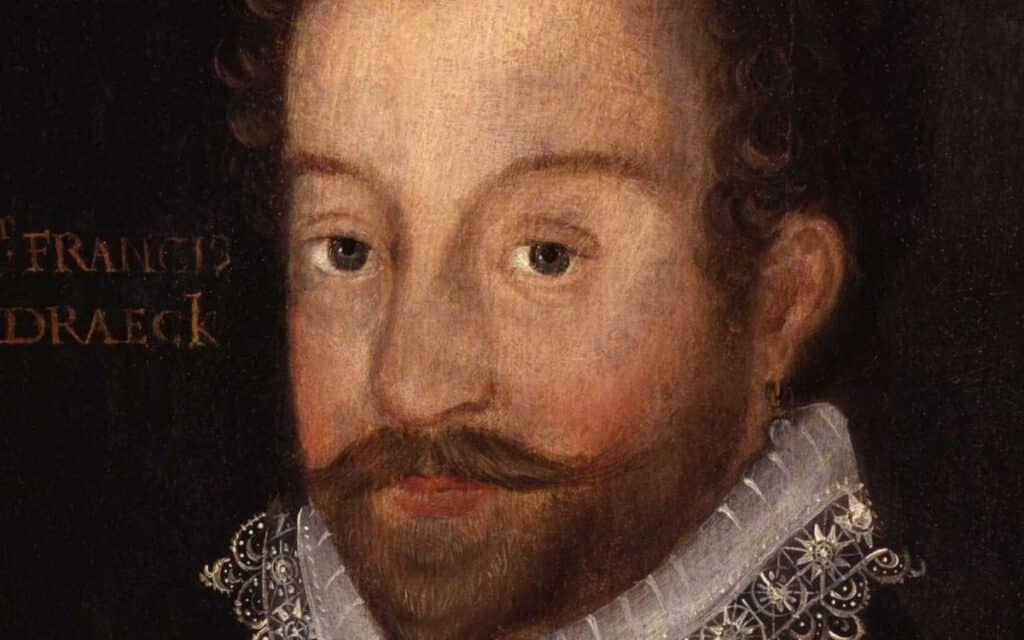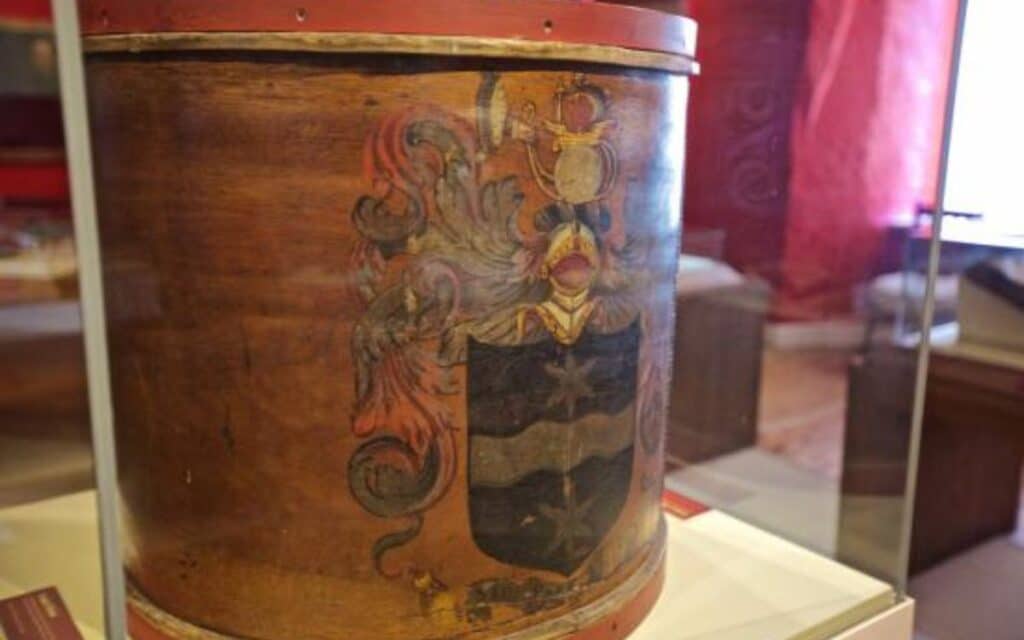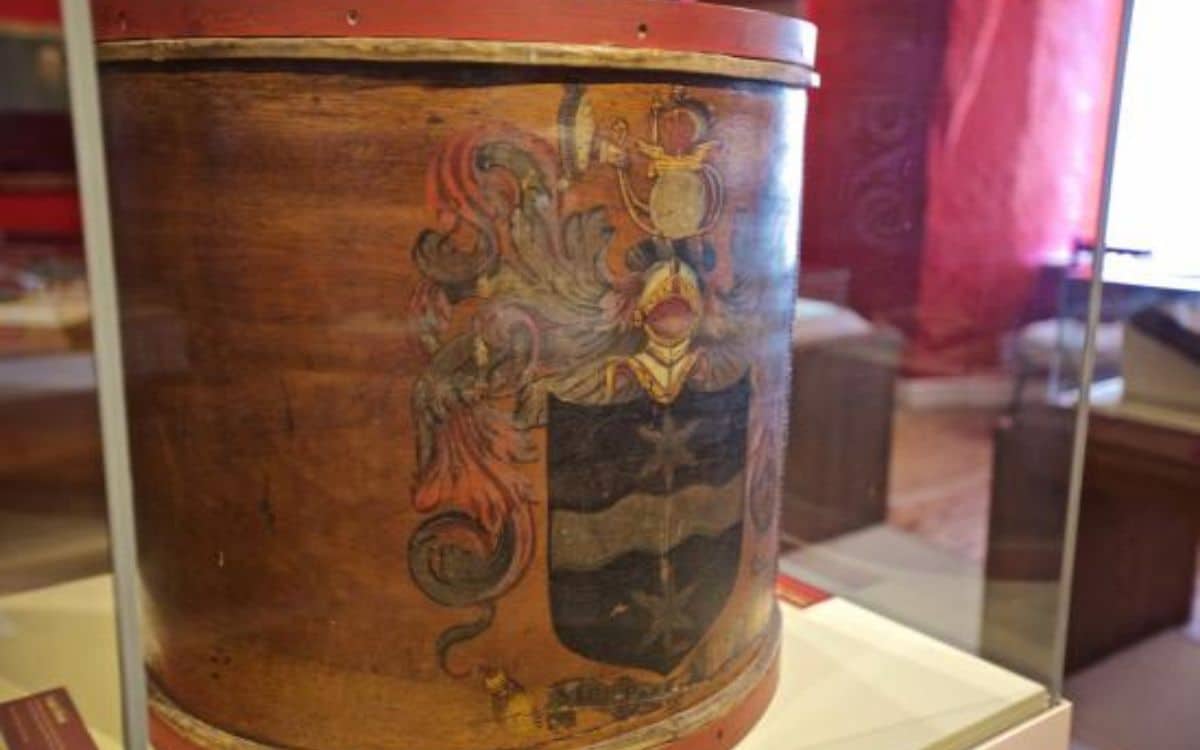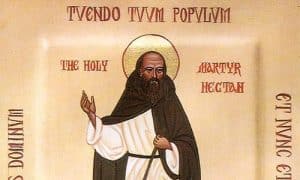Drake’s Drum begins supernaturally beating at times of war and when England is at threat, so the legends goes. We look at how this famous snare drum became part of English folklore.

Drake’s Drum is a symbol of English folklore that has captured the imagination of generations for centuries.
The story of the drum goes back to the late 16th century when Sir Francis Drake, the famous English explorer, set out on a voyage that would eventually take him around the world.
As he departed on his travels, Drake is said to have taken with him a snare drum emblazoned with his coat of arms.
The drum remained with Drake throughout his travels, and it is believed that he even used it to rally his troops during battles.
However, it wasn’t until the end of Drake’s life that the drum became famous for its supposed magical properties.
As Drake lay on his deathbed off the coast of Panama in 1596, he reportedly ordered the drum to be returned to his home country of England.
He instructed that in times of trouble, the drum should be beaten to call him back from the dead and defend his beloved country.
It was said that if England were ever in danger and someone was to beat the drum, he would return to defend the country.
Following Drake’s death, the drum was returned to his family home of Buckland Abbey in Buckland Monachorum, Devon, where it remains to this day.
Although the original drum is fragile and kept in climate-controlled storage, a replica of the drum is on public display at Buckland Abbey under the care of the National Trust.
The replica was made using historically authentic materials by Mr. J Manning, who was the art and display officer at Plymouth Museum.

Drake’s Drum now an English Icon
Over the years, Drake’s Drum has become an icon of English folklore, with its legend taking on a life of its own.
According to the story, the drum has been heard beating during times of war or other significant national events, including:
- The Mayflower’s departure to America in 1620
- Lord Nelson’s visit to Plymouth
- Napoleon’s arrival as a prisoner,
- The beginning of World War I
- The surrender of the Imperial German Navy in 1918, and
- The Dunkirk evacuation during World War II.
The legend of Drake’s Drum has also inspired numerous poems, songs, and works of literature. Sir Henry Newbolt’s poem “Drake’s Drum” is perhaps the most famous literary work inspired by the legend. The poem has been set to music by Charles Villiers Stanford and has been popularised by the likes of Peter Dawson.
The drum has also made its way into modern popular culture.
It has been mentioned in books like Bernard Cornwell’s Sharpe series and Katherine Kurtz’s World War II supernatural novel Lammas Night. The drum has even been used as an emblem for military units, with the 45th Infantry Division using it as their emblem during World War II.
Despite the fantastical nature of the story, Drake’s Drum remains an important part of English cultural history. It represents a time when England was a world power, and the exploits of men like Drake were celebrated as symbols of national pride.
Even today, the legend of Drake’s Drum serves as a reminder of the power of myth and the enduring nature of folklore.
Have you seen Drake’s Drum? Tell us your thoughts in the comments below!






